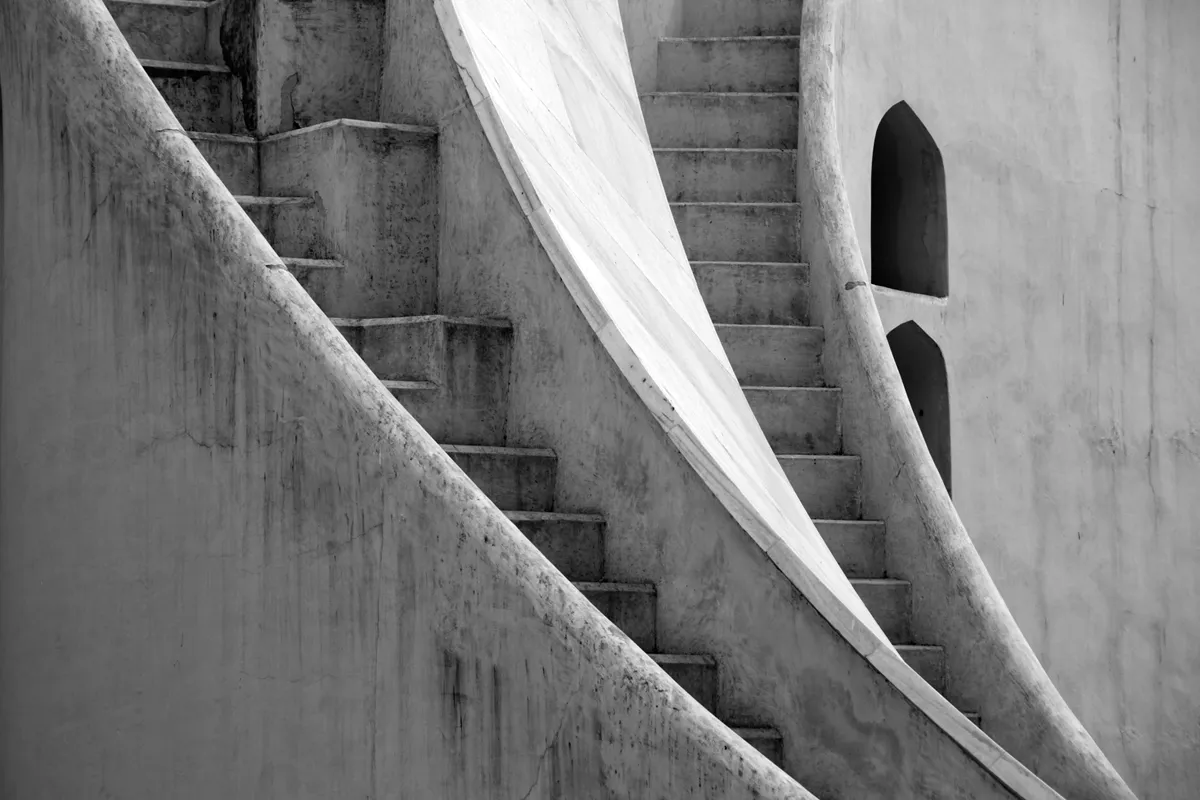
The Jantar Mantar has a collection of intruments for astronomical observations, built by the Rajput King Sawai Jai Singh in 1734. This is also where you will find the world's largest sundial. The Jantar Mantar is a UNESCO World Heritage site in the city of Jaipur, India.
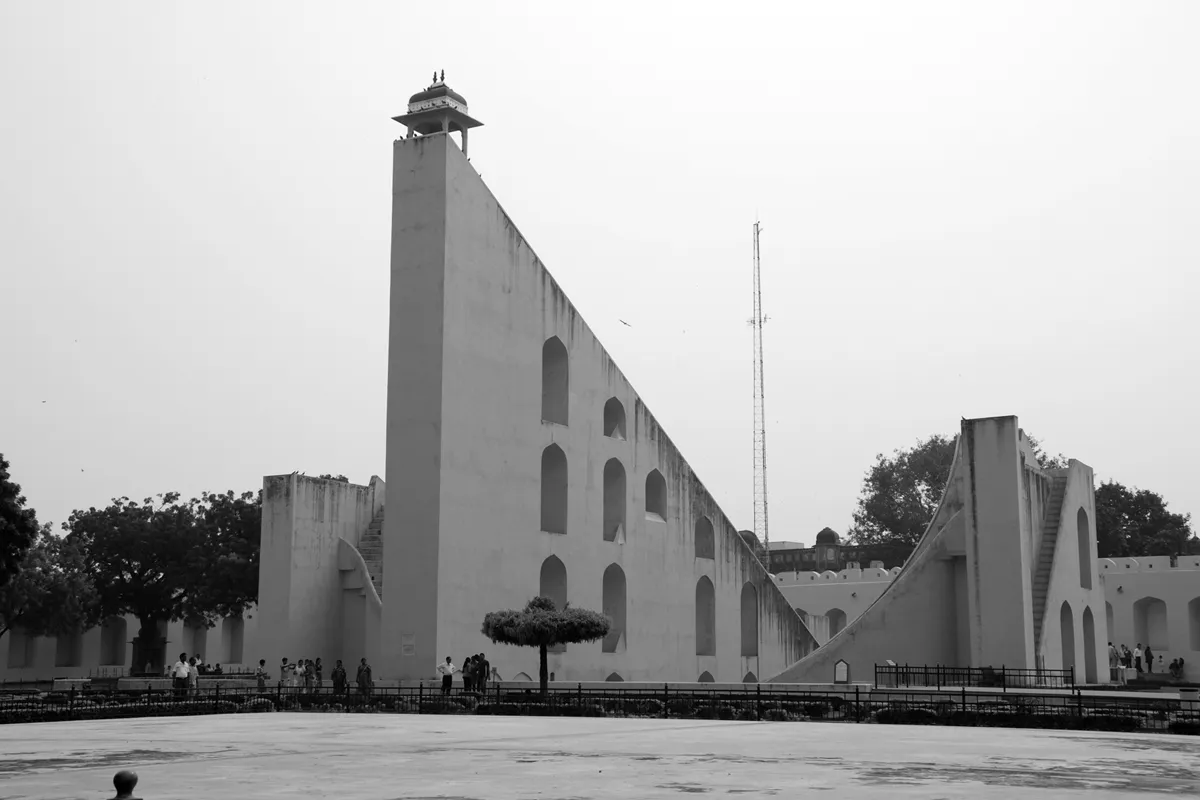
This is one of the largest observatories in the world. A complex with stone structures in different sizes and shapes. At first glance this place did not make me believe that it's an observatory. All these yellowish structures in stone looked a bit weird to me. But there are information boards explaining how they all work.
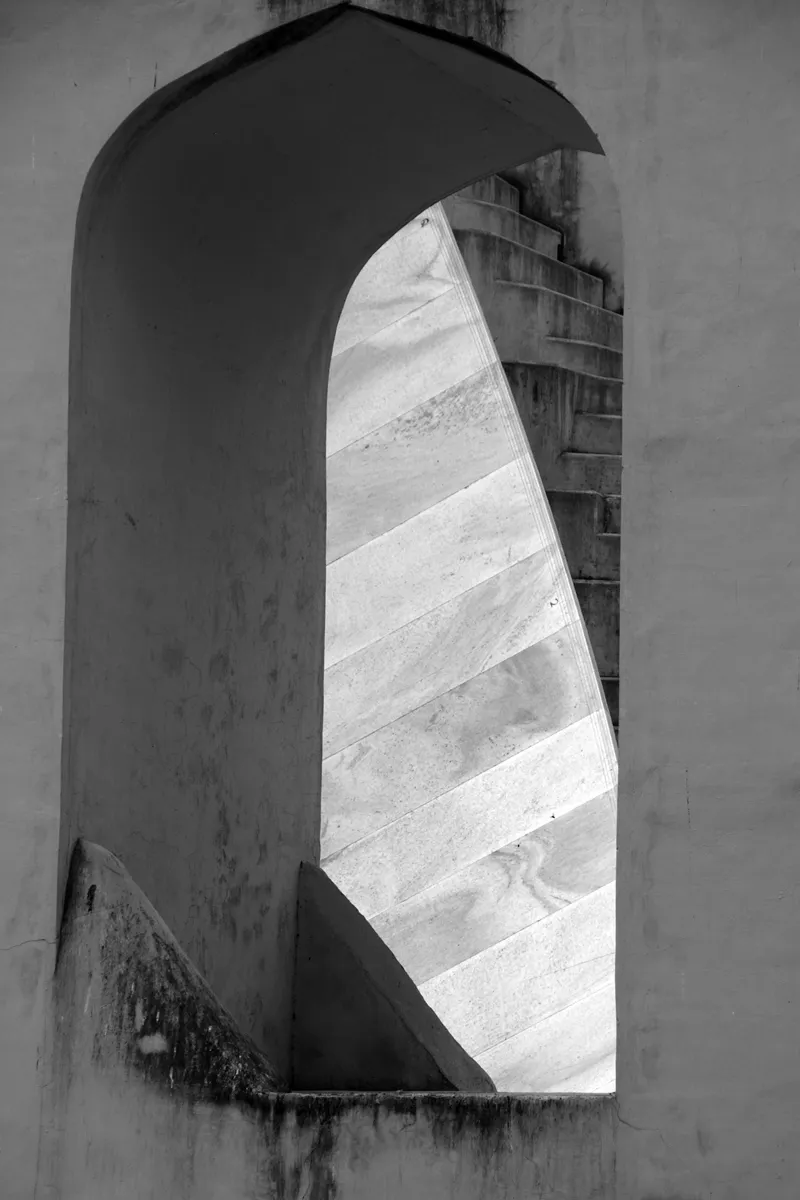
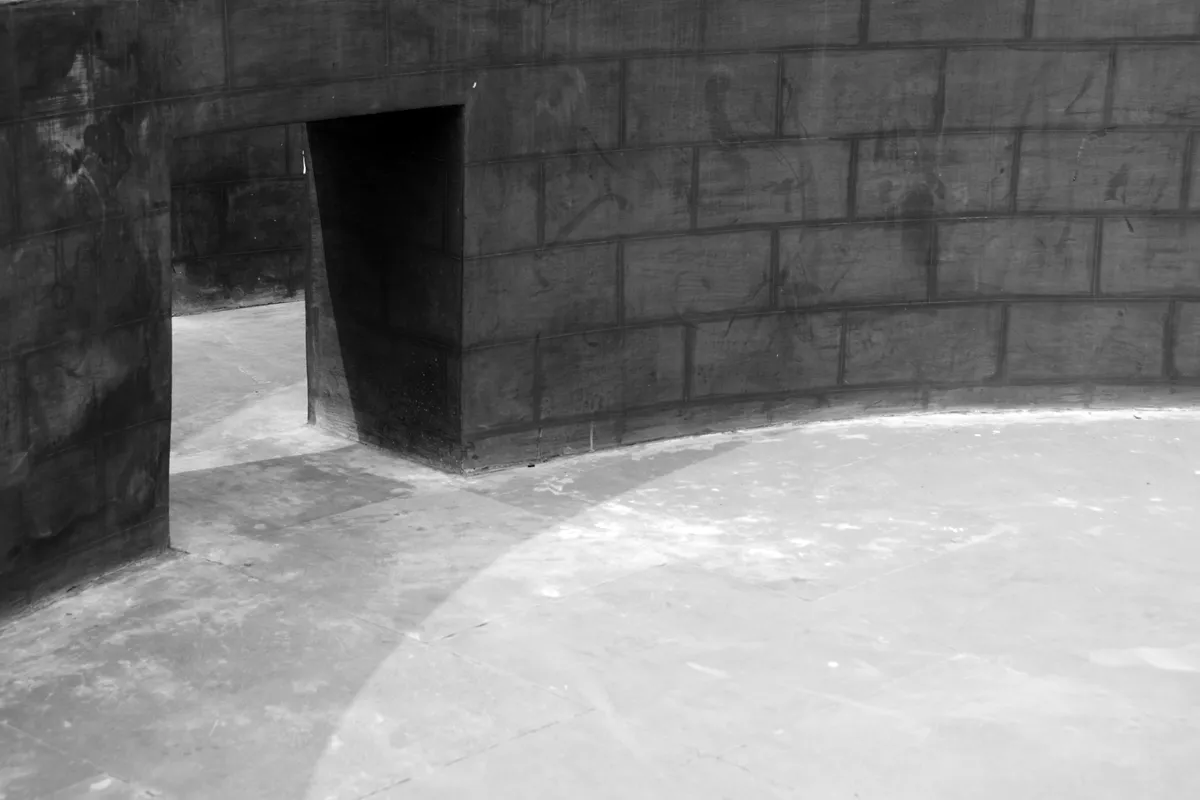
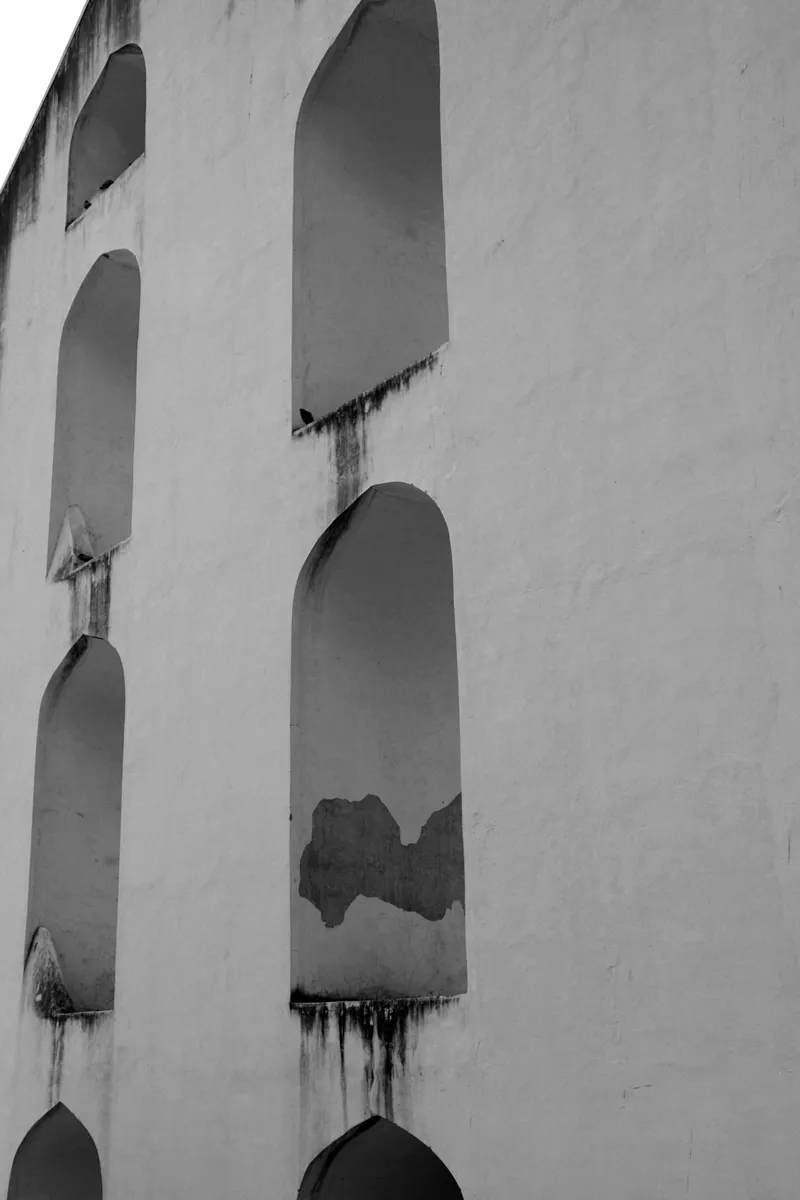
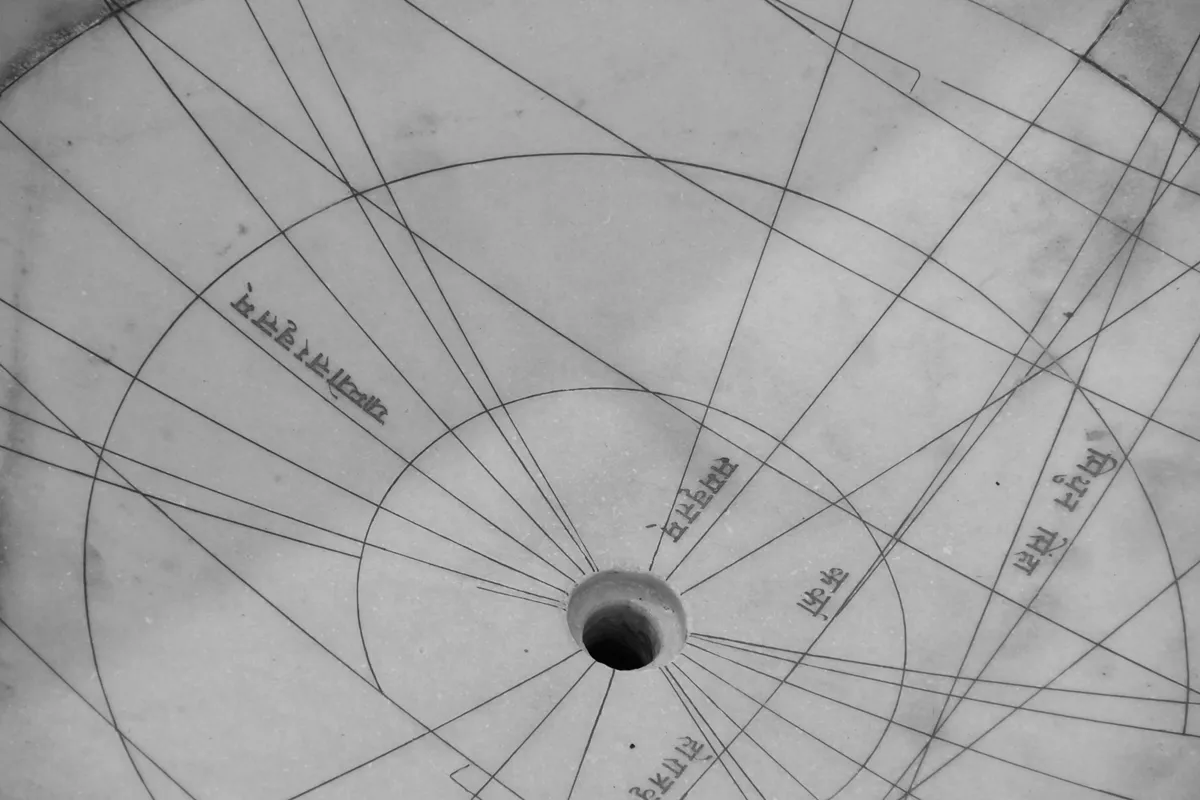
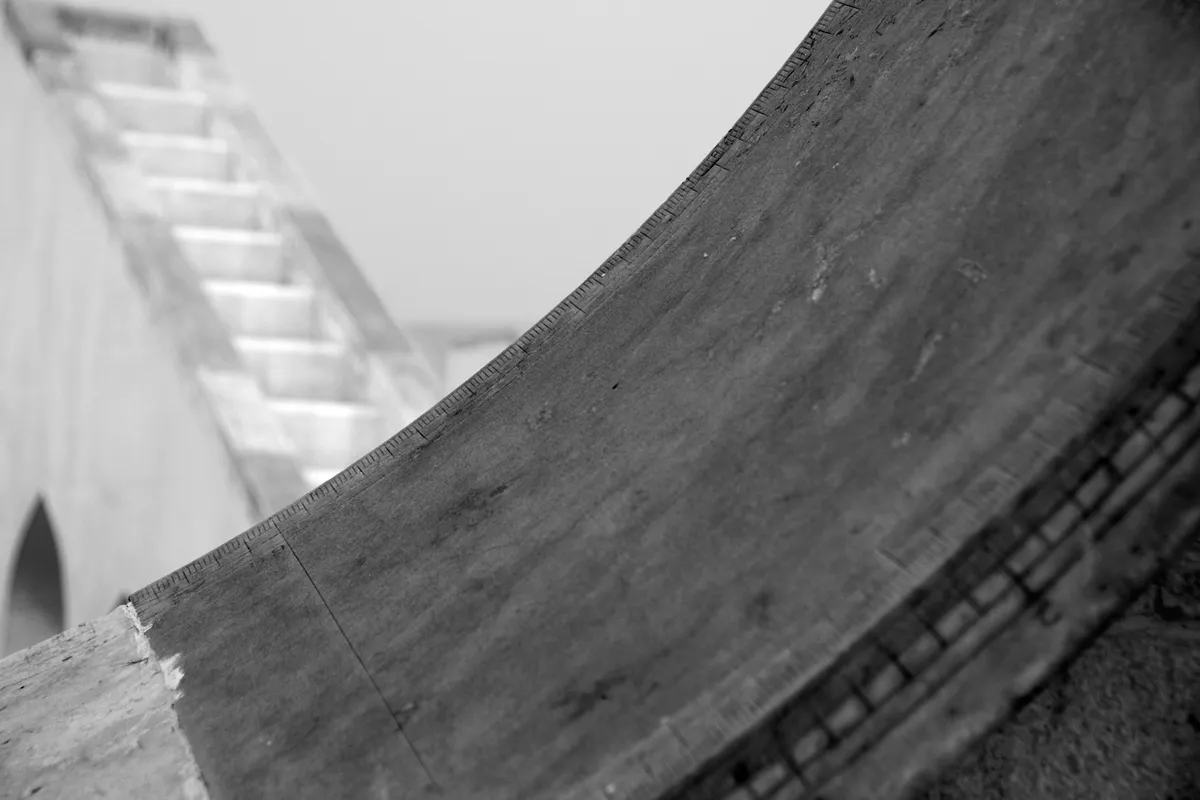
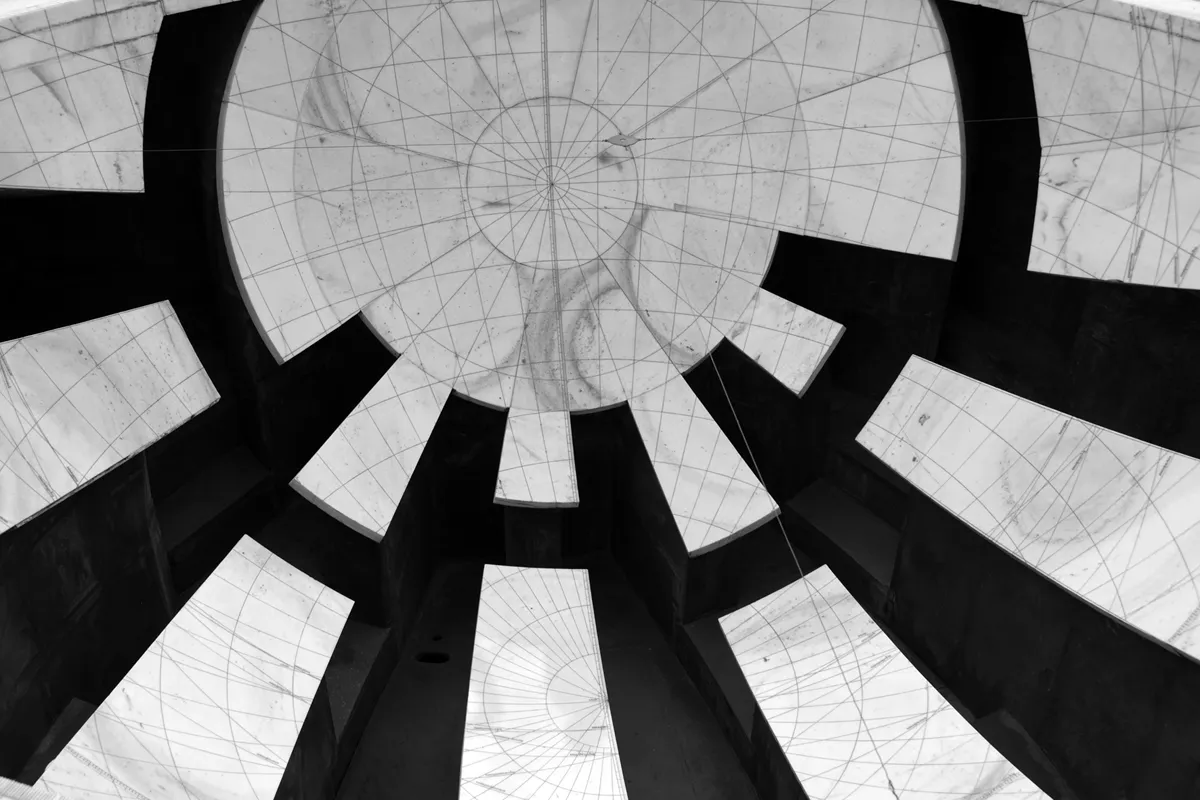
All the different instruments makes it possible to observe astronomical positions, without using telescope. It's located close to the City Palace, which is one of the most popular places to visit. The Jantar Mantar wasn't on my plan when I was in Jaipur, but because it was so close to the other sites, I chose to pay this place a visit. A good time to visit is at noon. The sun will be vertically above the place and will make a difference when it comes to understand how the instruments work.
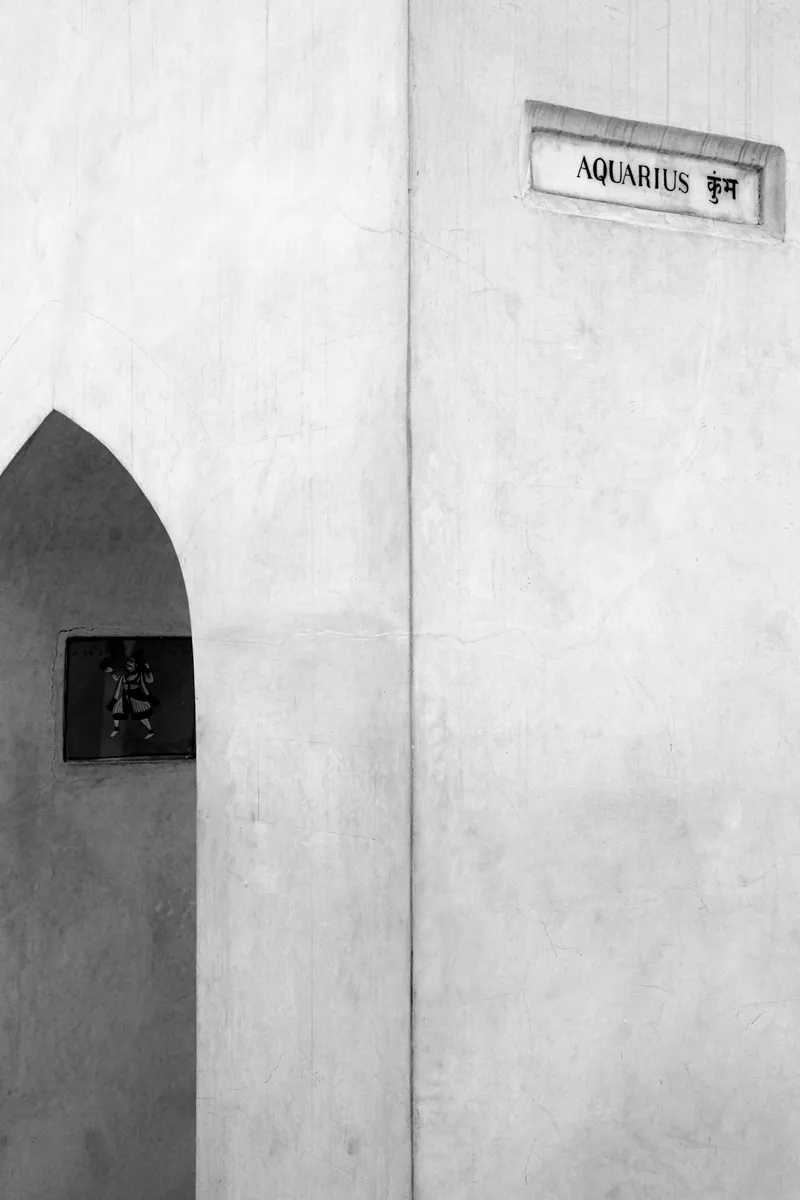
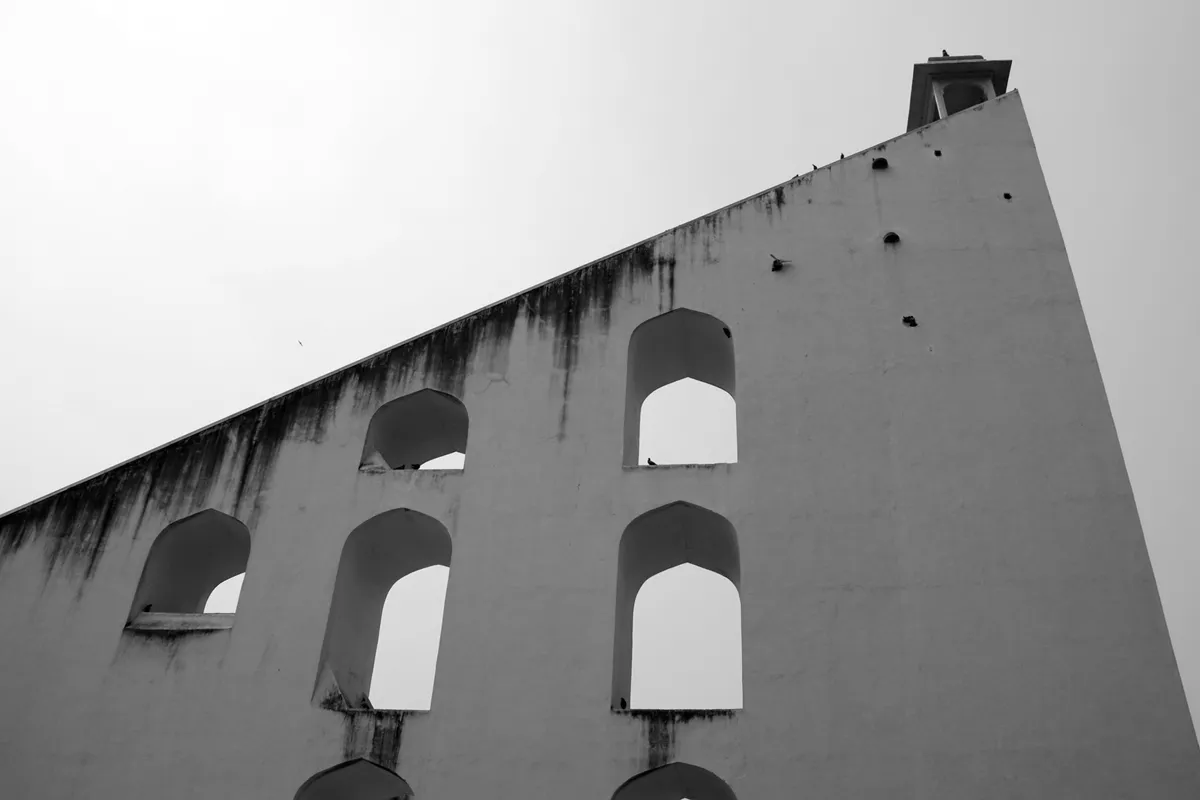
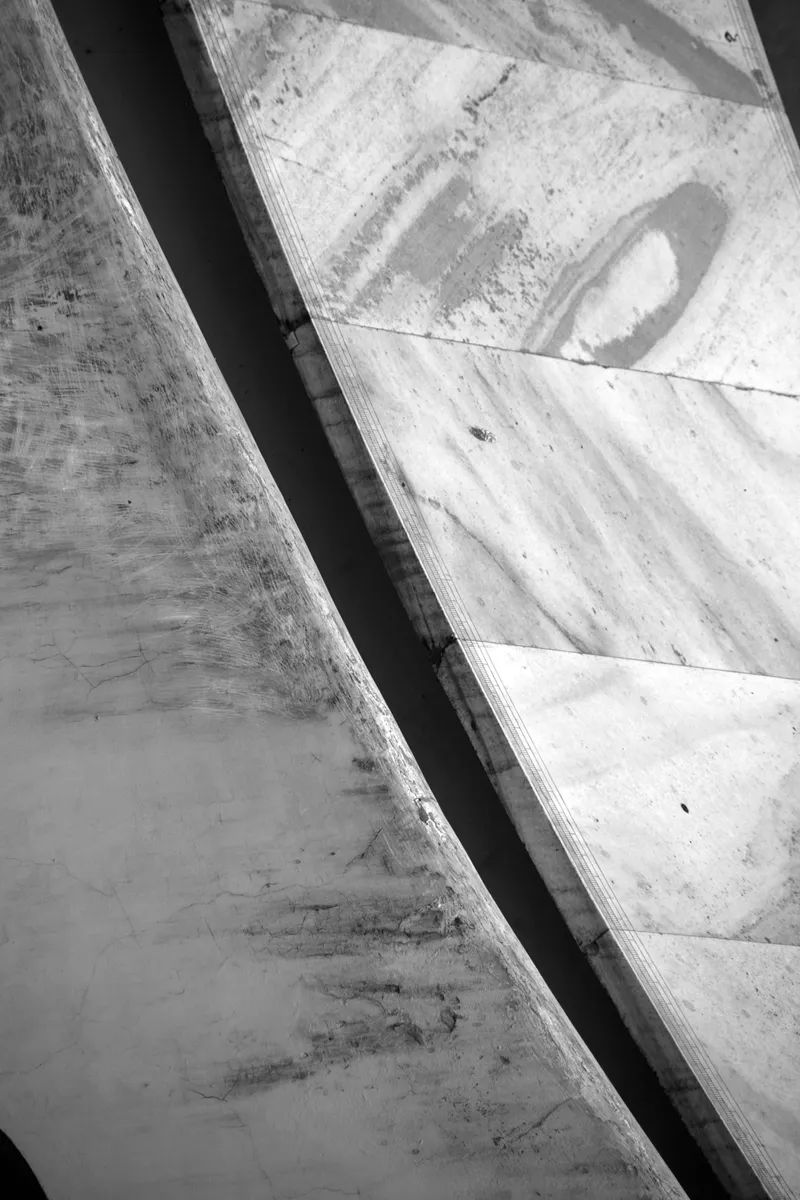
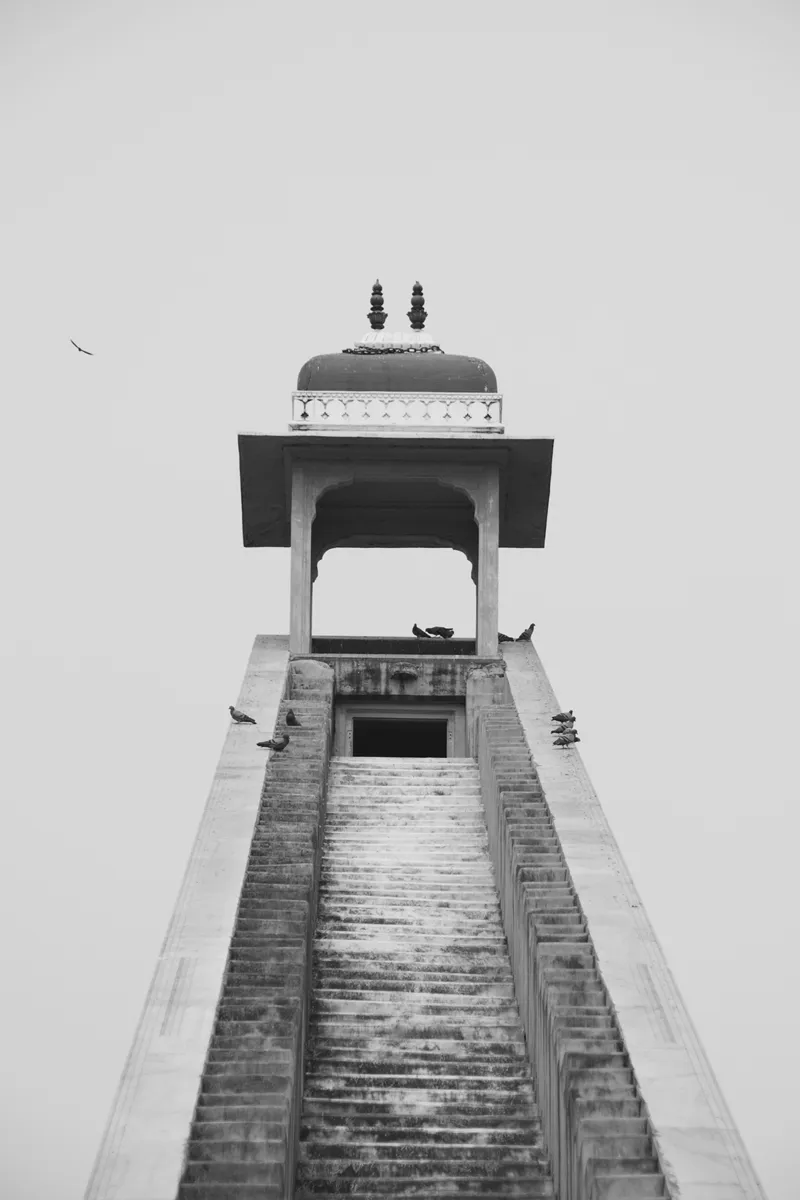
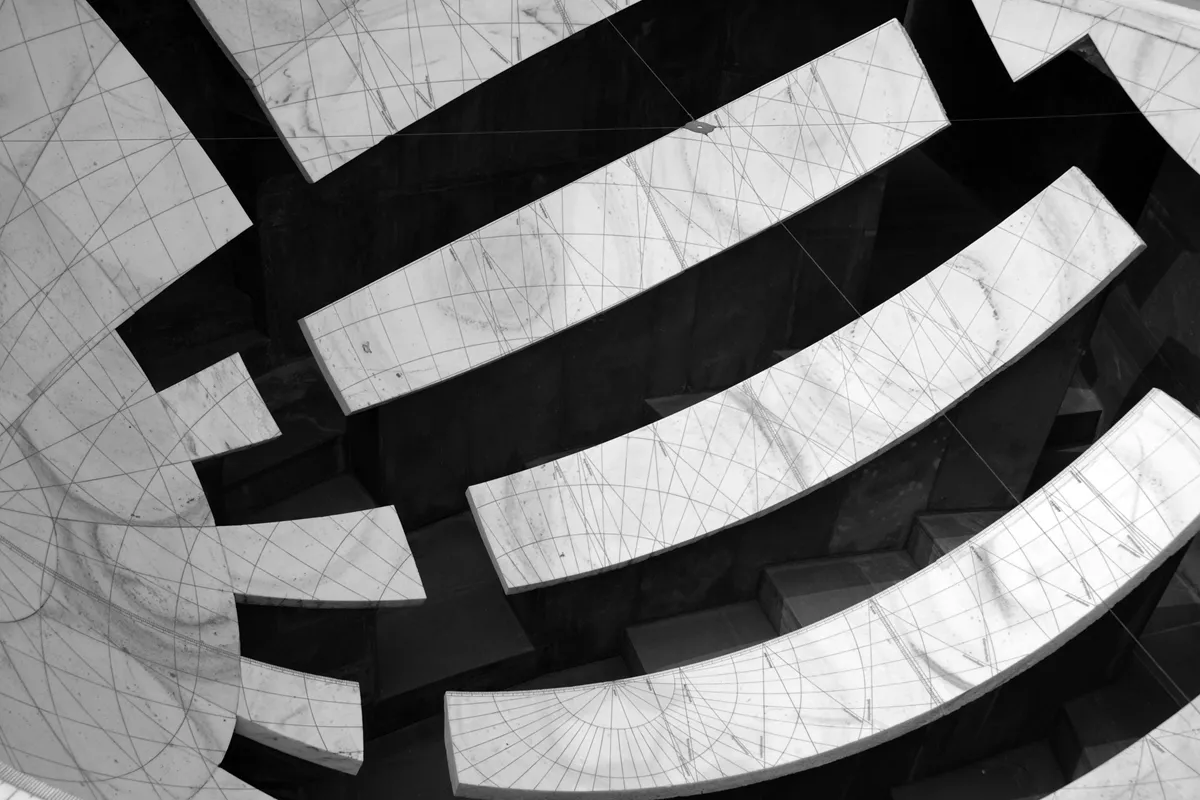
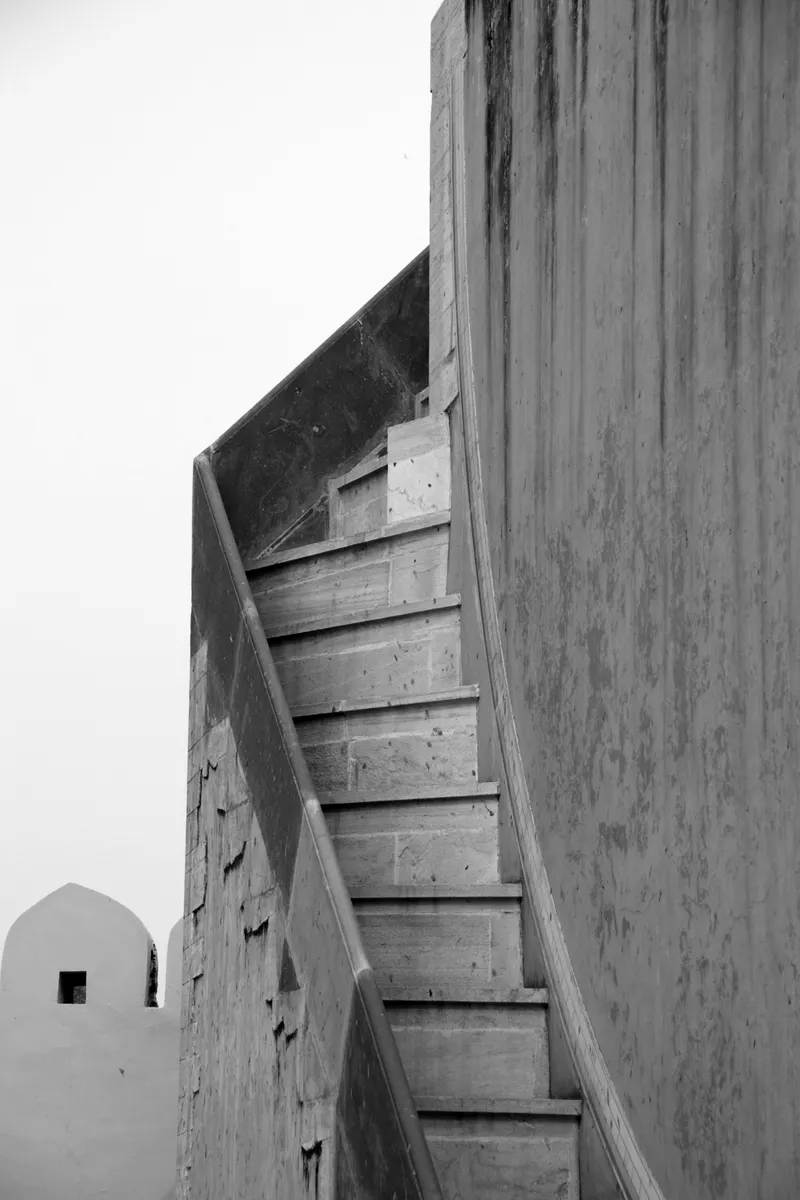
Sawai Jai Singh actually built five astronomical observatories in northern India, between 1724 an 1730. All of them with buildings and structures with different forms and sizes. At Jantar Mantar it's possible to do guided tours to get a better understanding of how the instruments work. I didn't do that, but enjoyed walking around the place, taking close-ups photos.
Please do follow if you want to keep up with my next photo shoot. Any upvotes or reblogs are hugely appreciated!
Latest photo shoot, check out :
MONOMAD - The Lost City of Petra (4 photos)
U.J
Kristiansand, Norway
All the photoes are mine, Ulla Jensen (flickr, Instagram and facebook)
[//]:# (!pinmapple 26.902637 lat 75.787640 long Black & white photography – An astronomical observatory in India (14 photos) d3scr)
Read about us? // Main page!
Latest content: Travel, Art, Food, Article, Poetry















